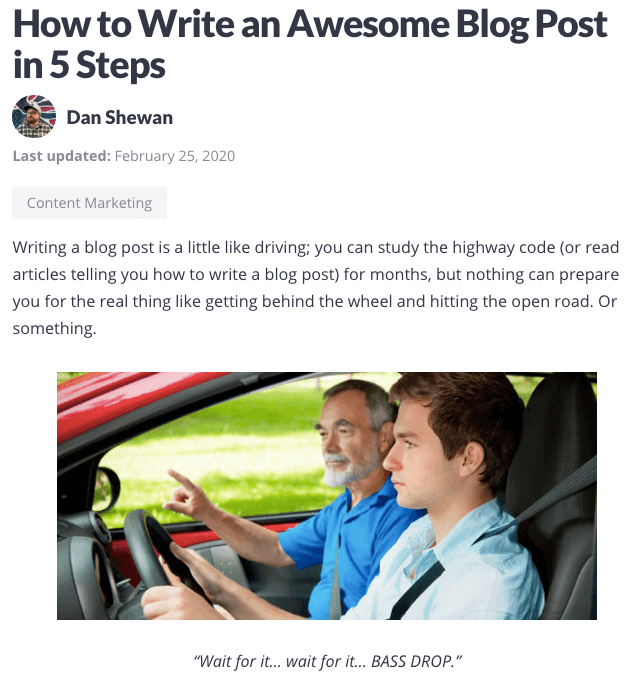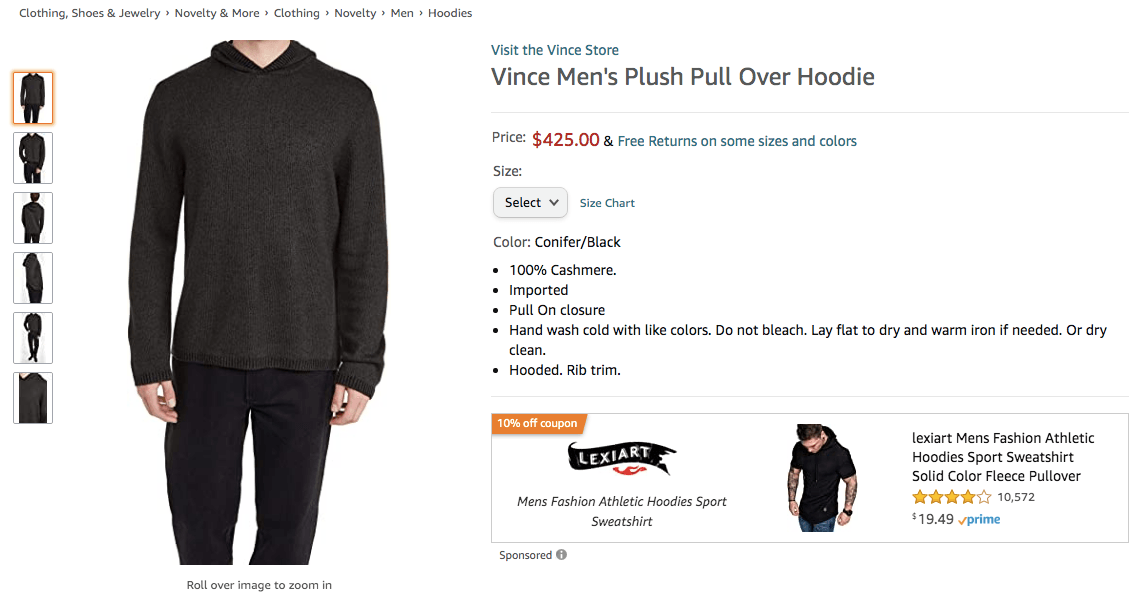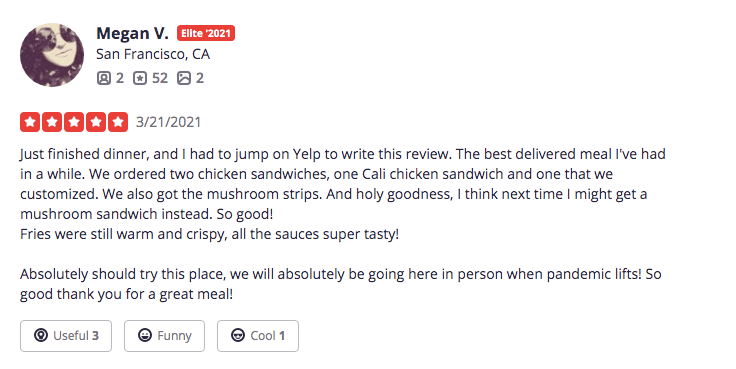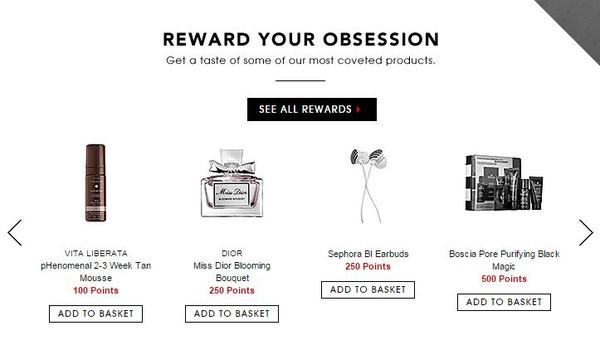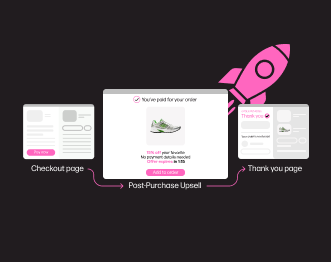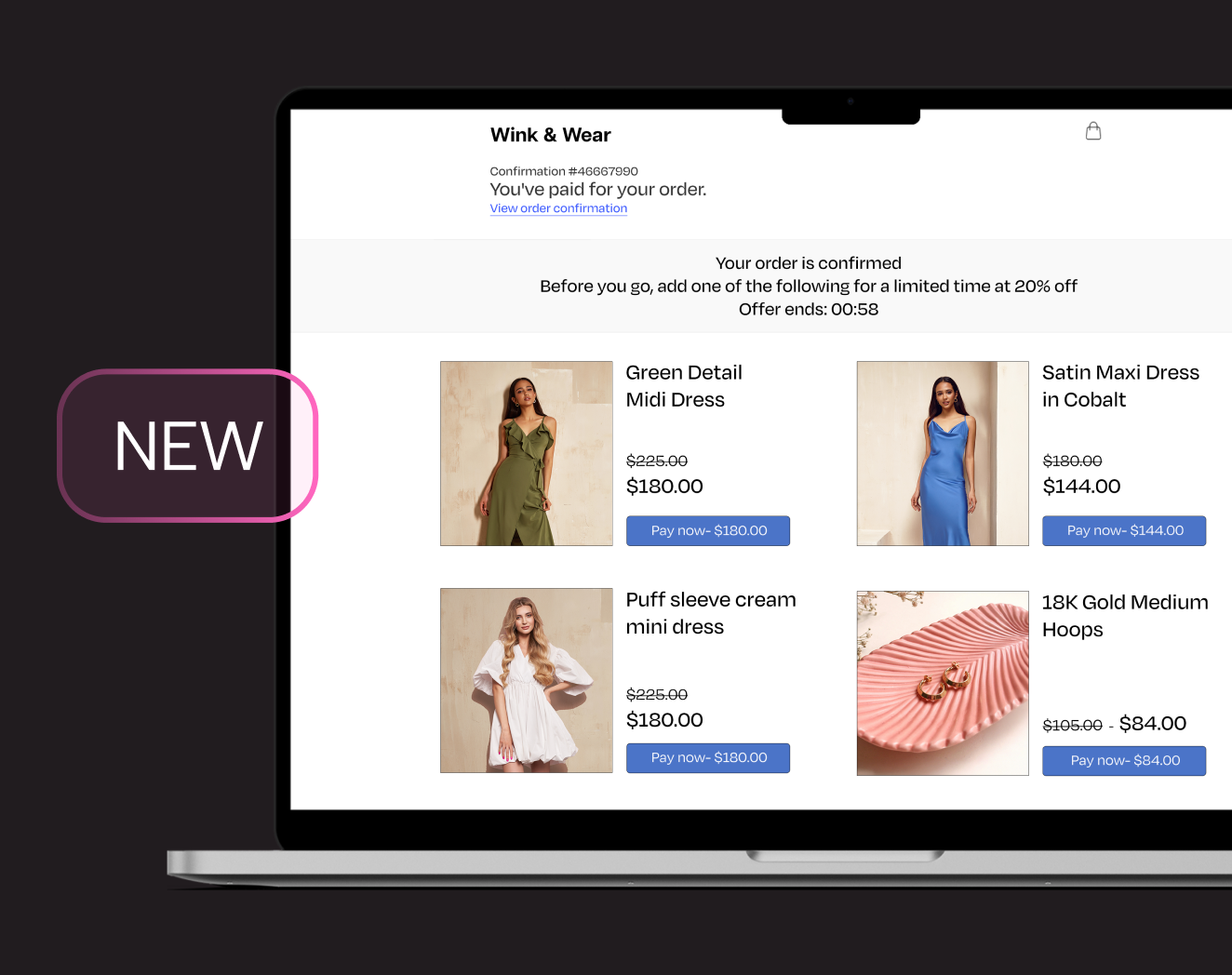How Online Stores Can Create a Digital Touchpoint Strategy that Excites Customers
When a customer decides to make a purchase on your online store, they must go through several steps, from finding your product to making that final purchase. These steps and processes are all part of what we call the customer journey.
Your customer’s overall experience with your brand is crucial in compelling them to buy your product or service. Therefore, you have to assess and optimize every possible digital touchpoint so that each brings value to customers and inspires them to purchase. If you want to excite customers, it’s not just about the products you sell, but about every step in the customer journey contributing to an overall seamless online experience.
This article will cover several types of digital touchpoints and how to come up with an impactful strategy for each when you start an online store.
What is a customer digital touchpoint?
Customer digital touchpoints cover all interactions between your customers and your brand in digital media. This includes virtual shopping, from finding information about your business to visiting your website and making a purchase.
For example, a customer might find out about your website through an ad, which sparks their interest in learning more about your brand. So, they take the second step and visit your website to browse your products and services. Then, ideally, they find something they like and they purchase it.
Of course, there are many possible steps in the customer journey and not everyone will come to your brand in the same exact way. As any stage of this digital journey influences a person’s perception of your brand, it is essential for you to analyze each touchpoint and identify ways to create positive experiences for potential customers.
13 digital touchpoints and strategies
1. Online advertisement
Online advertisements, like ad banners, are one of the touchpoints that can attract new traffic to your website. If you want people to click on the ad, it’s crucial to create a visual that captures the interest of your potential buyer.
Many digital ad platforms like Facebook and Google place restrictions on what’s allowed in ads, so it’s important to only include essential information. This is more compelling to consumers anyway. Have a clear call-to-action, and try to only include one focus in your ad, i.e. display a specific product or a special limited-time sale happening.
2. Digital marketing content
Digital marketing content refers to every relevant and useful piece of content a business publishes to attract and engage audiences. The main goal of marketing content is to move people further down the customer journey and engage them on a deeper level. This could be an informative blog post, an Instagram photo with a fun story in the caption and many more things.
This content can also help in your customer retention strategy as a way to continue engaging with those that have already purchased from you.
Applying SEO strategies to your content will also increase the likelihood of your content reaching a wider audience. Make use of various tools like Yoast SEO to help you know if your content is optimized or not.
3. User-generated content (UGC)
As the name suggests, user-generated content (UGC) is any form of online content that comes from individual users instead of paid professionals or brands. By using UGC to represent your brand, you can provide your audience with more authentic content. Consumers are 2.4x more likely to say user-generated content is authentic compared to brand-created content.
Businesses that use UGC can also build customer loyalty and brand trust by showing that they prioritize their customers and the community around their brand.
What is so great about UGC is that it can be integrated with almost any point of your digital touchpoint strategy—from your website to your blog, social media channels, digital ads, product pages and more. A survey Stackla conducted found that 79 percent of people say UGC highly impacts their purchasing decisions.
4. Product catalogs and webpages
Product catalogs and webpages are often one of the last stages in the customer journey and an opportune place to hook someone in to buy your product. Conversely, a bad product page can send a browser over to a competitor’s site.
Here you want to display the important details about a certain product or service. This is where you can insert UGC so the browser can see what your product or service is like in a real-life scenario. It’s also where you give them important detailed information such as price, descriptions, photos from multiple angles, availability and customer reviews.
Having user-friendly online product catalogs and pages makes it easy for customers to do research, make decisions and purchase your product more efficiently.
To make a helpful catalog for your customers, it has to present consistent information throughout different platforms where it is displayed. Look at what information audiences are wanting on different channels and try to provide information that suits your customers’ needs.
5. Online reviews
One of your online store’s most prominent aspects that will influence customers’ decisions is its online reviews. Most customers will be more likely to buy a product that shows customer reviews because they want to see whether people who actually purchased and used the product liked it (or didn’t) and why.
Try to encourage customers to leave a review of the product after they’ve made a purchase. After that, be sure to check your product reviews and respond to them regularly. This helps others browsing your store to see that your brand is engaged with its audience and also can be valuable feedback on where your brand can improve its services or products.
6. Social Media
Social media platforms can provide you with beneficial features for your online store that other channels can not. Although social media is mainly used to communicate and retain customers, platforms such as Facebook and Instagram have robust online shopping features, including the ability to make content shoppable and enable one-click buys. How’s that for a seamless and quick customer journey?
Understand how the shopping process works on social media and use it to your advantage as a way to provide useful and engaging content that will help potential customers understand your products better. Advertising on social media also allows you to reach more specific audience segments.
7. Marketplaces
Some businesses can benefit from listing their products on third-party marketplaces such as Amazon. Marketplaces will allow your business to reach more customers, and they will also help you handle certain aspects of eCommerce, such as shipping and payment.
To maximize your products’ exposure on these marketplaces, find which one suits your product the best. Also, make sure that all product information matches each marketplace’s requirements while still remaining consistent with each other.
8. Customer fulfillment experience
Fulfillment refers to the entire process of receiving, packaging and shipping a product to your customer. This fulfillment process will affect your customer’s shopping experience and can determine whether they become a repeat customer.
A business can provide the best fulfillment experience by ensuring that they use a shipping service at an affordable cost while still maintaining the customer’s expectations on delivery time.
It is also a good idea to use a shipment tracking system to notify your customers of their order’s shipment process. A timely shipment process update will improve their fulfillment experience and help you gain the customer’s trust.
9. Upselling
There are several follow-up efforts you can do after a successful conversion, one of which is upselling. For example, your customer might have purchased a product that could require a complementary product to go along with it. If they bought a mattress, you could try upselling them a new set of sheets as a follow-up.
If you decide to offer an upsell to your customers, make sure that the offers make sense and are actually useful to the customer. You also have to show the value of this offer to your customers so they don’t just see this as a mere cash grab.
10. Loyalty Programs
One thing that will make your customers loyal to your business are rewards. A loyalty program where you incentivize long-time customers by giving them special discounts and gifts will leave a positive impression on them.
Your customers will be more likely to leave positive reviews and accept offers from you. As your business and your customers’ relationship gets stronger, your customer will also act as your unofficial brand ambassadors and promote your products and services. You could even make it official and create a brand ambassador program through which you regularly incentivize people to create content for you about your products.
11. Feedback surveys
Feedback surveys are typically sent to your customers after they purchased a product or service from your business. A feedback survey mainly aims to get detailed information about the customer’s experience of using your product and use them as the basis for future improvements.
Using a feedback survey can also be a safe option when you get negative feedback because the scenario allows you to address it right away. Try to personalize each survey request you send to the customer to show that you care about their opinion, and don’t forget to respond to any suggestions.
12. Thank you emails
Sending a “Thank You” email after someone takes an action (i.e. makes a purchase or fills out a survey) can be a great way to develop a positive relationship between your business and its customers. This shows your customers how much you care about them.
13. Peer referrals
Successfully making a good impression on your customers will encourage them to promote your business to their peers. In fact, 92 percent of consumers trust the opinion of their peers over paid promotions or advertisements.
Organic peer referrals can be more effective and believable because they don’t feel like a sales tactic and come from a genuinely positive experience of a real person. Therefore, paying attention to word-of-mouth marketing is important to improving your sales.
Conclusion
To ensure your customers have the best experience on your online store and build their loyalty towards your business, it is important to develop a digital touchpoint strategy to excite shoppers and provide a cohesive experience for them.


